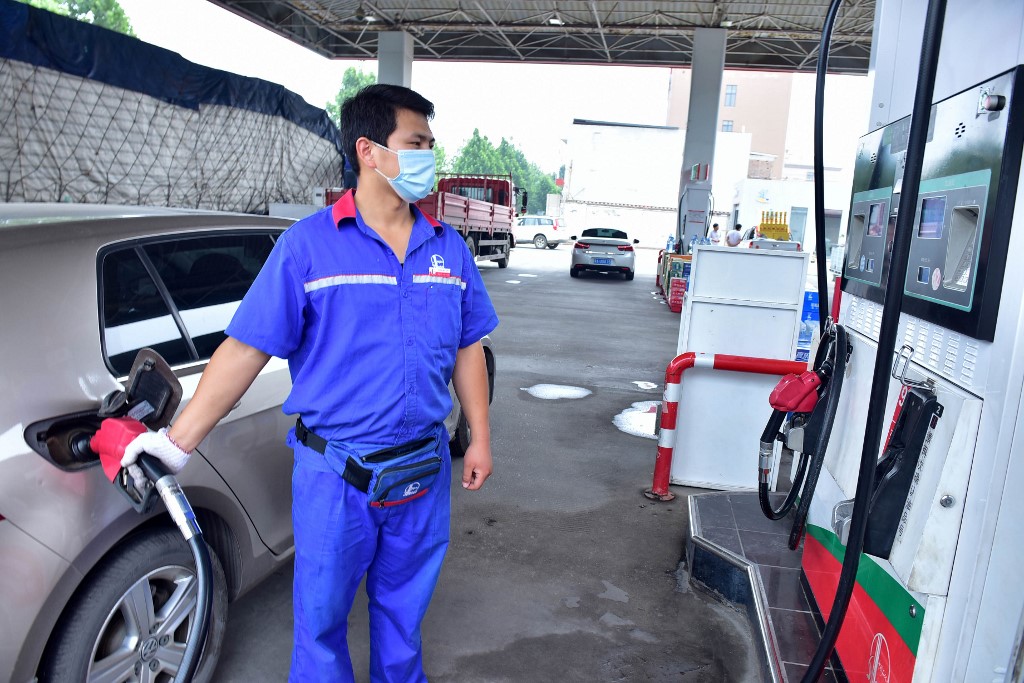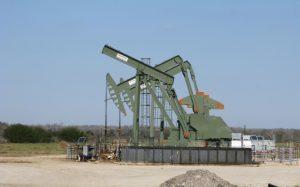(ATF) International oil prices continued to rise sharply during the latter part of February prompting a rise in fuel costs in China this month.
On average, oil prices in London Brent and New York WTI rose by 8.57% over the previous price adjustment cycle in the early part of the month with prices continuing the volatile upward trend that began in November last year, according to China’s Price Monitoring Center at the National Development and Reform Commission.
London Brent and New York WTI oil prices rose to US$67.04 and US$63.53 per barrel respectively, returning to their levels before the Covid outbreak at the beginning of last year, which is the same as that of early November. The cumulative increase is more than 70%.
Read more: China Life scandal just the ‘tip of the iceberg’ say insiders
The impact by this has been felt domestically in China with retail prices of gasoline and diesel rising accordingly with China Central Television reporting that gasoline rose by 260 yuan per ton and diesel rose by 250 yuan per ton.
It was calculated that the cost of filling an average family car’s fuel tank will now cost an extra 10 yuan.
However, oil prices were broadly stable this week, ahead of talks between OPEC and its allies on whether to ease production cuts after a record jump in US crude oil stocks following Texan refinery outages.
Brent crude futures were up 14 cents, or 0.2%, at$64.21 a barrel on Thursday while US West Texas Intermediate (WTI) crude rose 25 cents, or 0.4% to $61.53, with both contracts moving in and out of positive territory.
Analysts and traders say the four-month price rally from below $40 a barrel is now out of step with demand and that physical sales are not expected to match supply until later in 2021.
PRODUCTION INCREASE
Still, with prices above $60, some analysts have predicted OPEC+ producers will increase output by about 500,000 barrels per day (bpd) and expect Saudi Arabia to at least partially end its voluntary reduction of 1 million bpd.
“The market … can take back at least 500,000 bpd (excluding Saudi’s extra cuts) from April and even more in following months, in line with the recovery we expect in oil demand,” said Rystad’s head of oil markets, Bjornar Tonhaugen.
“Some mild negative price reaction will take place, though, if the decision is to increase output. Such a development would prevent some steep stock draws that had been priced in for a while for coming months.”
In the United States, despite a record surge of more than 21 million barrels in crude oil stockpiles last week, gasoline stocks fell by the most in 30 years as refining plunged to a record low because of the Texas freeze.























